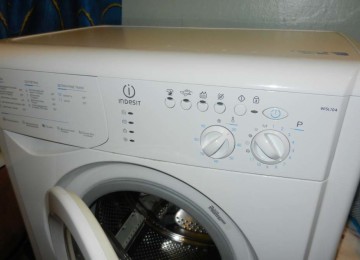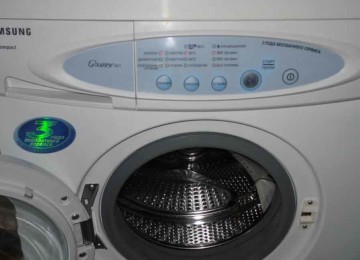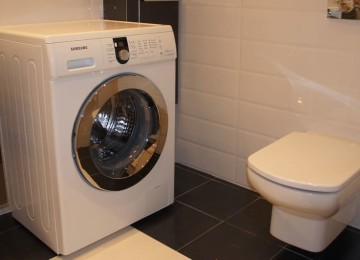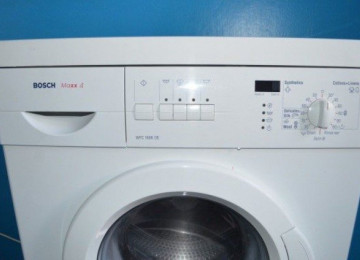Washing has long been a background process. There is no need to rinse, wash, or wring out by hand for hours. Washing machines have made everyday life much easier. You just need to throw the laundry into the drum, add detergent, press a few buttons and get clean, fragrant laundry without the slightest trace of dirt.
But even the most reliable units can fail. And now, instead of almost dry, clean clothes, dirty water gurgles in the machine, and things float in it. But judging by the display, the wash is already finished.How can I fix this little problem? How to drain water from a washing machine? You will find a detailed answer to this question in our article.
In what cases is it necessary to drain water?
In cases where, at the end of the wash, water remains in the hatch of the washing machine, you will have to solve the problem yourself. Water may remain inside for various reasons, but one thing is clear, the wash cycle does not end automatically. This can happen due to the breakdown of any part of the equipment, your own inattention, or a malfunction in the washing program.
This situation most often only causes horror from a failed unit and a lack of understanding of how to solve this problem. Horrible thoughts immediately pop into your head about how much money you will have to spend on repairing a washing machine or purchasing a new one, your head is simply spinning. But in reality there is absolutely nothing scary.
In most cases, the problem can be solved quite simply: by cleaning the filter or changing the washing program. Moreover, there are many ways that will definitely help you solve the issue even without the help of specialists, with your own hands. Moreover, these methods are quite diverse, so finding one suitable for a particular washing machine will not be so difficult.
There are also cases when water remains not only in the drum of the washing machine, but also in other compartments. You also need to pay attention to this, as this can lead to breakdown. So, if water remains in the detergent compartment, there are several things to check:
- Is the washing machine level? If the unit is installed at an angle, water may accumulate in the air conditioner compartment.
- Detergents.If the powder and conditioner are of poor quality, they will certainly clog the holes in the dispenser grid. In this case, you should completely rinse the tray and change detergents.
- Amount of powder. If you put too much washing powder, it will not be washed out completely, which will cause clogging and, as a result, water accumulation.
- Water pressure. If it is too weak, it can cause poor rinsing of detergents, causing them to clog filters and retain liquid.
Often water remains in the hatch seal. However, there is no need to worry about this. However, it is necessary to provide the cuff with proper care: wipe it dry after each wash cycle and leave the washing machine door ajar.
Effective ways to drain water from a washing machine
The most important thing to do first before starting to solve the problem is to disconnect the washing machine from the power supply.
It is worth understanding that even if the machine does not carry out any program, the electric current during the process of pumping water can cause significant harm to human life and health. Especially when you have to interact with water.
It is also worth preparing for a small flood, because some methods do not guarantee accurate drainage of water. And it’s difficult to guess how much water is in the drum of the machine: it often seems that there is very little water, but in fact, when draining, more than one bucket is filled. Therefore, it is worth stocking up on dry rags, buckets or other containers that can be used to drain water from the washing machine drum.

Draining water through an emergency hose
Most modern washing machines are equipped with a special hose that allows you to drain water without much effort. Most often, this hose is located under the panel at the front of the washing machine or at the back, near the drain pump filter.
To gain access to the emergency hose, you need to open the decorative panel and remove part of the hose from there. The hose itself is insulated with a special plug that prevents water from leaking out. After removing this plug, you need to direct the hose into some container to prevent water from pouring onto the floor.
It is worth considering that this method is quite time-consuming, because the emergency hose has a very small diameter, which significantly reduces the rate of water flow. It is also worth understanding that a situation may still arise in which water does not flow from the hose; this can only mean that the hose is clogged, so it is better to use another method of draining.
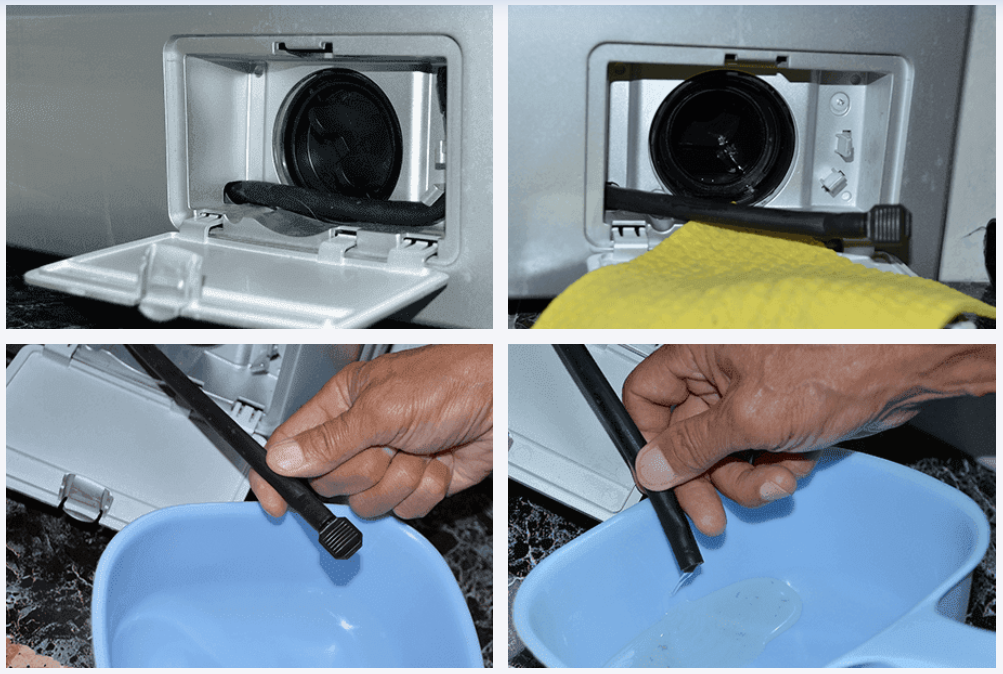
Removing water using a drain hose
This method of draining water is rightfully recognized as the simplest. But it has a drawback - it is not suitable for all models of washing machines due to their design features. The fact is that the drain hose in some models forms a small loop in the body of the washing machine, which ensures that it is impossible to accidentally drain water during the washing process.
You can learn about this feature from the instructions for the unit. In other machines that do not have this option, it is enough to simply unfasten the hose from the rear wall of the unit and, if the hose goes into the sewer, remove it from there. Then you need to position this hose along its entire length so that it is below the tank.Water will easily pour out of a hose, so it is better to take care in advance of a container into which the liquid will drain. This method allows you to completely empty the washing machine drum.
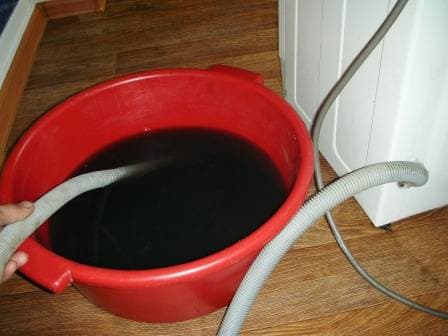
Draining through the drain filter
The drain filter is the part in the washing machine that prevents the pump from clogging. Often coins, hairpins or some other small thing is forgotten in the pockets of clothes, which can damage the unit if it gets into the pump. The pump is located at the bottom of the washing machine under the panel or decorative hatch.
To remove water, you need to open the panel under which the filter is located. Then tilt the machine slightly and place a container under it into which the water will drain. Next, unscrew the filter a little using the knob located under the panel. Do not unscrew the filter all the way. This method is quite difficult to implement, since it will require at least two people to perform it - it can be difficult to control the angle of inclination of the machine alone. And the container that will be installed under the washing machine quickly overflows, which is why all the water may end up on the floor. However, this option is considered the most effective, as it allows you to completely rid the washing mashine of liquid.
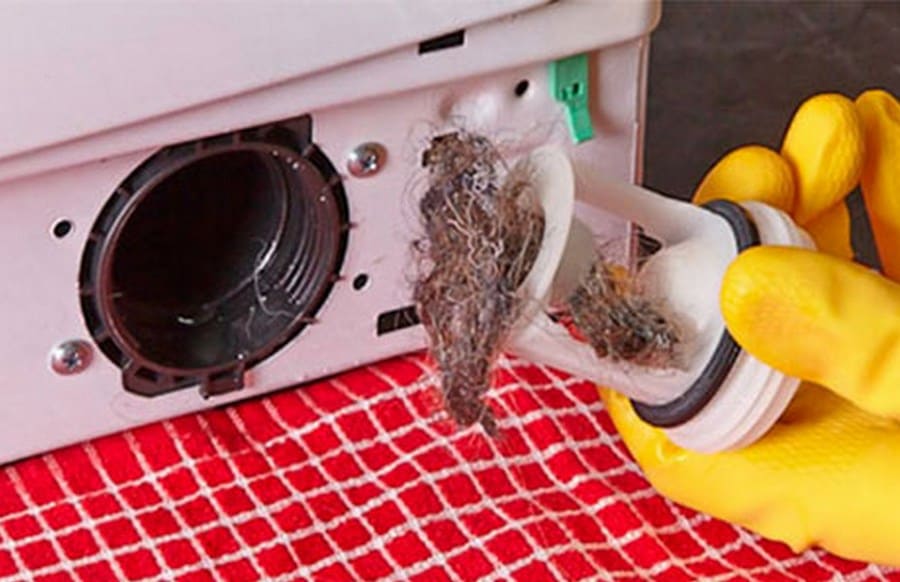
Removing water through the washing machine hatch
If you were unable to deal with all the hoses and panels under which they are hidden, you can do the simplest thing: scoop the water directly from the hatch. Of course, this method is somewhat dubious and will not help completely solve the problem, since it will not be possible to scoop out all the water, but in any case it will be possible to get clothes out of the washing mashine.
It is better to work together, as if the water level is too high, the machine will need to be tilted. After the washing machine has been slightly tilted back, you need to open the door and scoop out the water with any convenient object. It is also worth remembering that on some washing mashines the door lock cannot be removed while there is water inside the hatch. Therefore, before resorting to the method, you should read the instructions for the unit so as not to break anything.
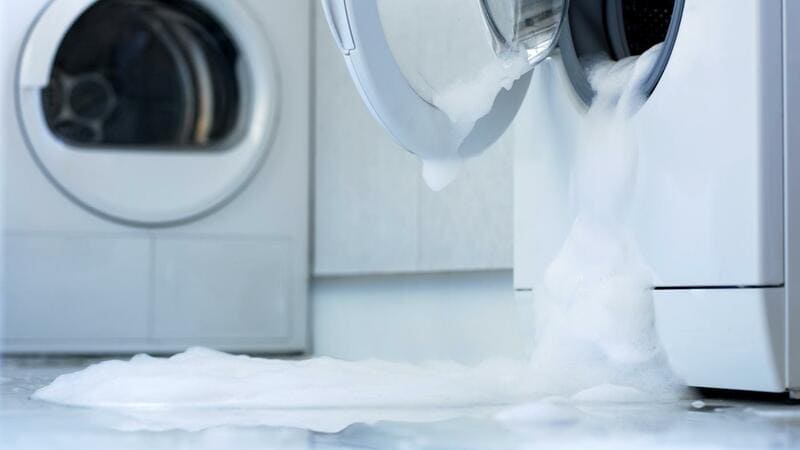
Draining water through the drain pipe
This is where the pipe is most often located. It is important to understand that after the clamp is removed from the pipe, water will immediately flow in a fairly powerful stream. Therefore, if it is not possible to place a water container under the pipe, then it is worth placing as many dry rags there as possible, which will help quickly eliminate the flood. As mentioned earlier, the pipe is attached to the pump using a special clamp, which will need to be removed. After disconnecting the pipe, water should flow from the pump. A situation may also arise when, after all the necessary actions, the water still does not flow. This means that there is a blockage in the pipe that needs to be cleared.
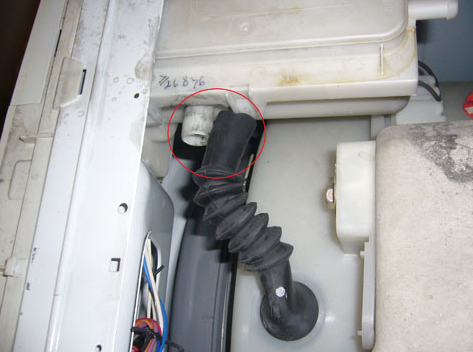
How to manually drain a washing machine: instructions by model
The process of draining water from a washing machine may vary depending on the model of the device.Below are the basic steps for some popular brands.
LG
- Disconnect the device from the power supply.
- Place a container to collect water in front of the emergency hose, if possible.
- Locate the emergency drain hose, which is usually located at the bottom of the front panel of the machine.
- Unscrew the hose cap and allow the water to drain into the prepared container.
Samsung
- Turn off the power to the machine.
- Open the front hatch and locate the emergency drain hose.
- Unscrew the hose cap.
- Let the water drain into the container you placed.
Indesit
- Unplug the machine.
- Locate the drain filter at the bottom of the front panel.
- Unscrew it and let the water drain.
- After completing the procedure, make sure that the filter is clean and return it to its place.
Candy
- Prepare a bucket or other container to collect water.
- On the lower front panel, open the filter or drain hose cover.
- Unscrew slowly, allowing the water to drain slowly.
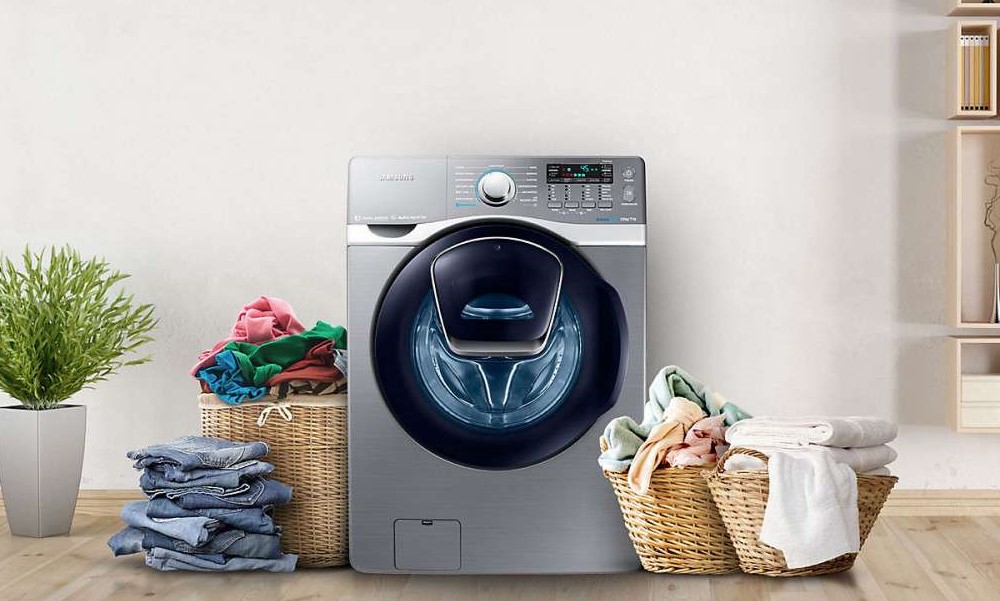
Causes of the problem
It is also important to understand the reasons why the water was not drained from the machine automatically. After all, this does not always indicate a breakdown of the unit. That is why identifying the causes of an unpleasant situation is no less important than solving the problem. Moreover, identifying them is often very simple.
Reason 1 – drum overload
The characteristics of each washing machine indicate the maximum weight it can withstand. If too much laundry is loaded into the washing machine drum, the machine will not work properly. The water level in the drum is determined incorrectly, which is why there is no signal that the water needs to be drained.Therefore, you should not neglect to read the instructions for the washing machine, because some of them even provide weight for each individual washing program.
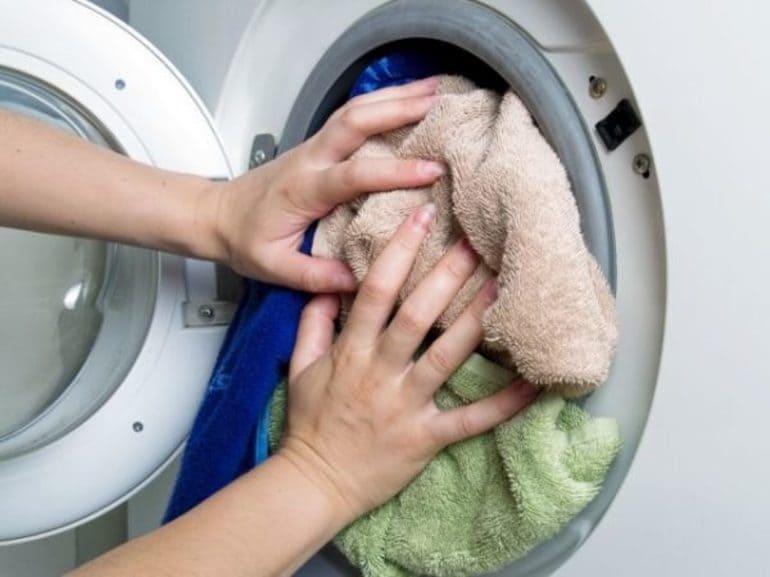
Reason 2 – faulty water level sensor
A water level sensor, or, as it is also called, a pressure switch, is present in every automatic washing machine. This part allows you to determine the presence and amount of liquid in the machine tank. If the pressure switch fails, the washing machine system does not receive data on the amount of water and does not pump it out. But it is worth considering that the sensor may not work correctly also for the reason that a blockage has formed in the tube connecting it to the drum. Therefore, it is quite difficult to identify this reason on your own.
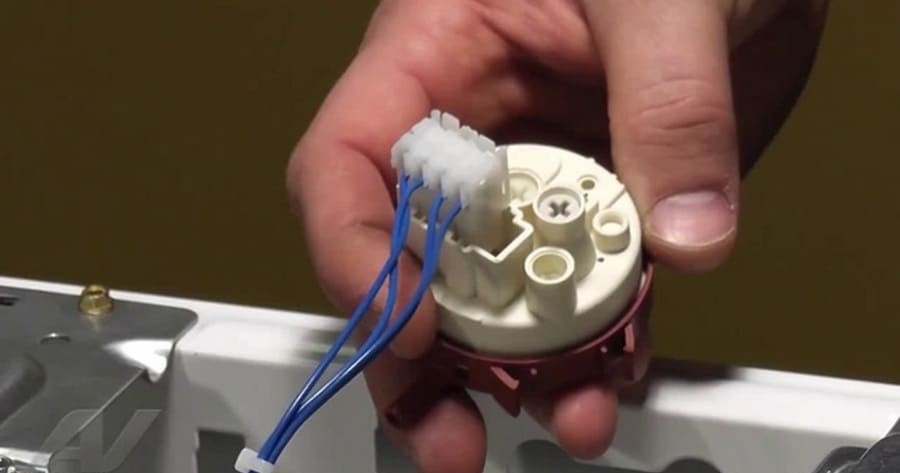
Reason 3 – clogged washing machine drain system
This reason is probably one of the most common in the issue of improper operation of the washing machine. Often, not only the laundry that needs to be washed gets into the drum, but also various small items that are forgotten in the pockets. In this case, it is worth starting the check from the simplest parts - the drain hose and sewer drain. If no problems are found there, you need to move on to checking the filter, then to the rubber pipes.
Most often, it is not difficult to clear a clog in a washing machine, but if a clog is found in the drain, you cannot do without the help of a plumber.
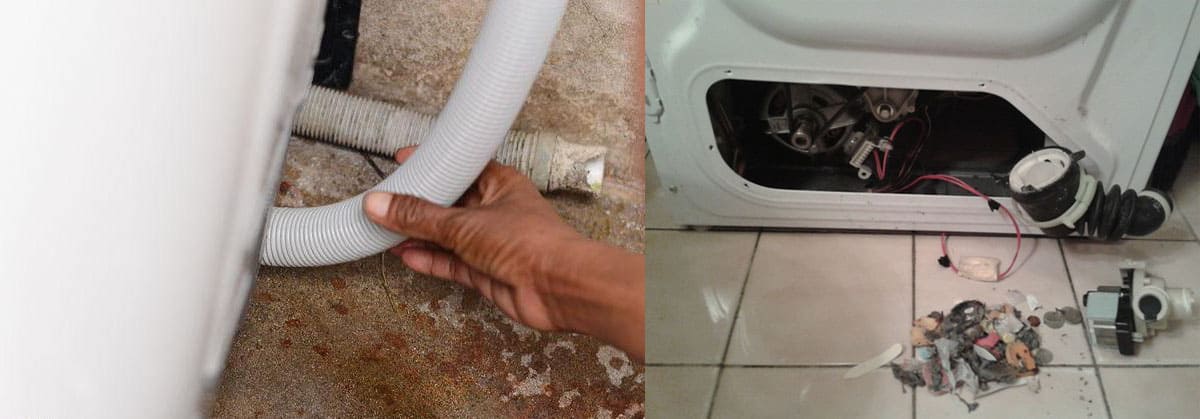
Reason 4 – heating element malfunction
There are times when the machine “freezes” halfway through the wash. Most often this happens during the rinsing process. An error appears on the display and certain indicators begin to flash or change color.
This indicates that the heating element of the washing machine has failed, which in turn makes it impossible to complete the washing program and drain the water. Simply replacing this element will solve the problem.
Reason 5 – incorrect choice of washing program
If you accidentally started washing according to exactly this program, there are several options for solving the problem. You can completely restart the wash in the required mode or turn on the spin and drain program separately. This program is also provided in most washing machines.
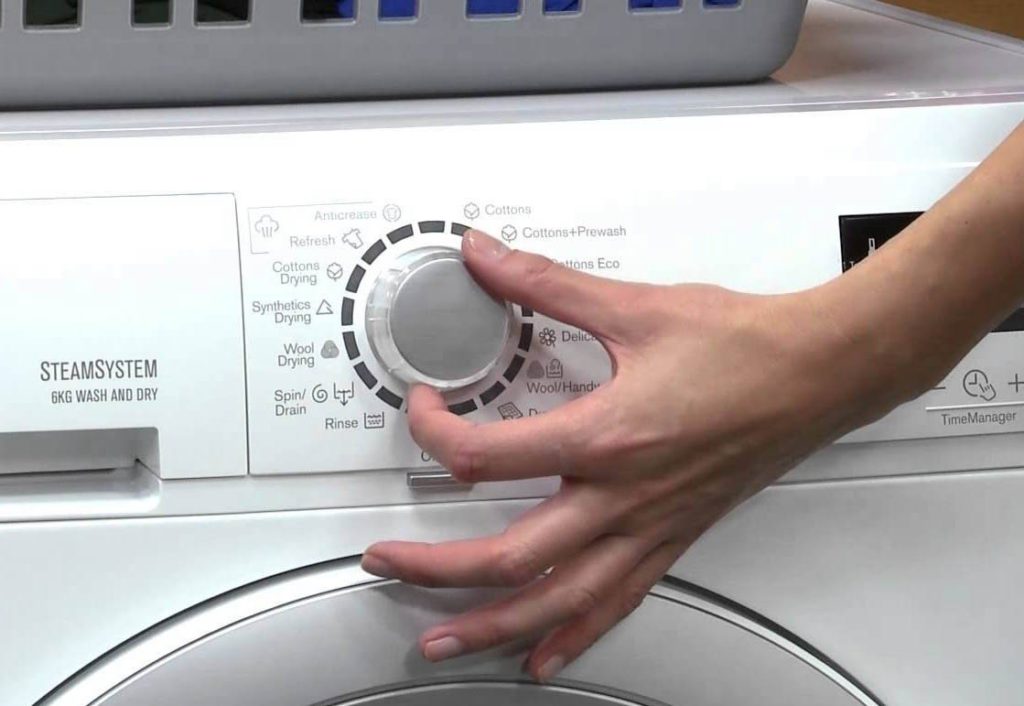
Reason 6 – control module failure
The control module or programmer, depending on the type of washing machine, is the element due to which the washing machine operates according to one or another given program. Various signals are sent from it that trigger a specific action. So, if the module is faulty, then the signal to drain the water simply will not be received, which is why, of course, the water will not be drained.
Obviously, the model may not burn out completely, but only a certain part of it. So, if the pump triac is damaged, the command to start the pump will not be sent. If the pressure switch triac burns out, the information about the amount of water will be incorrect. Unfortunately, the module is one of the most expensive parts of a washing machine, and its replacement is best left to professionals.Module failure occurs most often due to power surges when the washing machine is running or due to natural wear and tear.
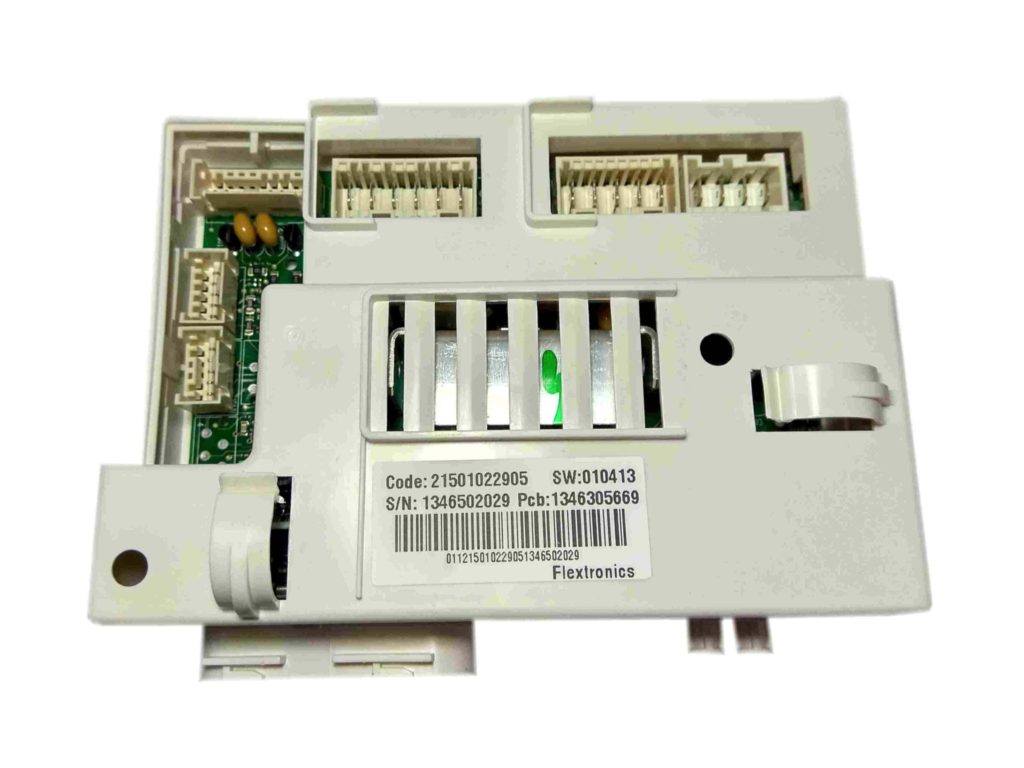
Reason 7 – breakdown of the pump (drain pump)
The components of the pump are an electric motor, a shaft with a plastic impeller and two pipes. If it malfunctions, the washing machine emits a characteristic hum, but the water is not pumped out, but remains in the drum of the washing machine.
There are cases when hair and threads wrap around the impeller shaft and cause the pump to break down. In the case of the drain pump, the situation is disappointing, since if it breaks down, then the entire pump unit will have to be replaced. In addition, to check its serviceability, you need special equipment, so it’s still better to invite a specialist.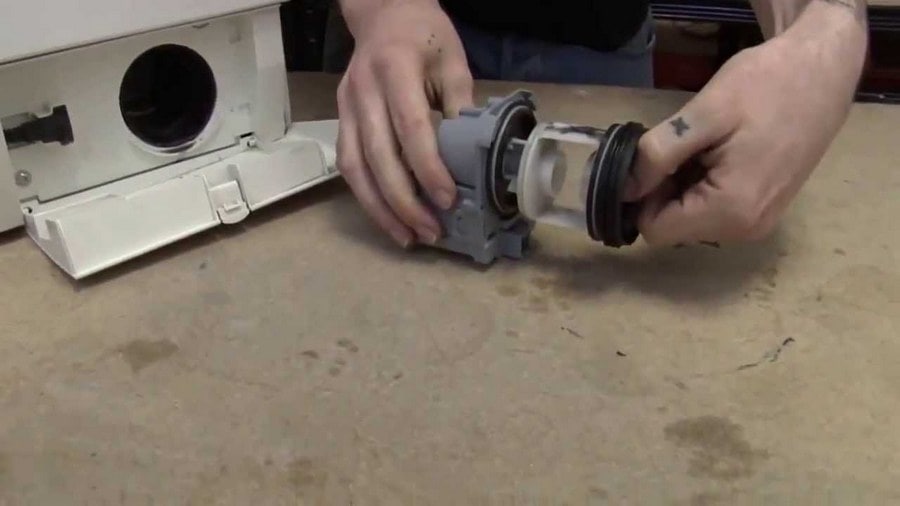
Reason 8 – The drain hose is too long
There are situations when it is necessary to lengthen the drain hose for the most convenient location of the washing machine. But this may not always happen safely, because the power of the drain pump, as a rule, provides for a standard hose length - approximately 1.5 meters. If the hose had to be extended, over time the pump’s power may simply cease to be enough, which is why the water will remain in the drum of the machine. Therefore, it is not recommended to make any modifications of this kind.
Reason 9 – Kink in the hose
If the drain hose has been extended and then positioned incorrectly, a so-called kink may form at any time. In this case, the walls of the hose will simply close in a certain place, which will prevent the outflow of water. That is why it is better to trust the modernization of the hose to professionals.
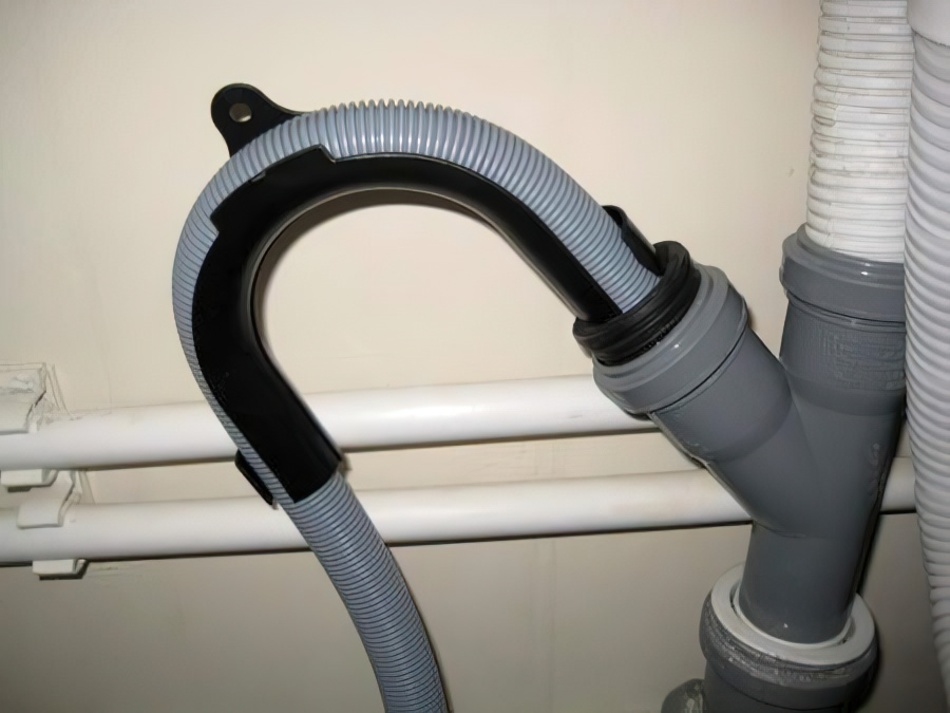
The initial installation of the washing machine requires special attention.If, however, the problem has already arisen, it will be enough to first carefully change the position of the hose, which will correct the unfortunate bend.
Expert advice to help avoid problems
Of course, it is better to avoid a problem than to solve it, which is why there are a number of recommendations from experts who will tell you how to do it correctly. But do not forget that the most reliable and universal advice is to adhere to the rules for operating the unit. Otherwise, everything is quite simple.
- Rule 1. Before placing things in the drum of the washing machine, you must carefully check all pockets for the presence of various items: be it keys or a small coin. Both can cause harm.
- Rule 2. Zippers and buttons on all items of clothing should be checked for secure fastening and fastened. It is best to turn clothes with a lot of such decorative items inside out. This will help maintain not only the integrity of the item of clothing, but also the functionality of the washing machine. In addition, you should not machine wash items that are generously decorated with rhinestones or beads, as there is a high probability that they will fall off during the washing process.
- Rule 3. If clothes are heavily soiled, you need to lightly clean them first. Sand, threads or other similar dirt can have a detrimental effect on the condition of the washing machine. Or more precisely, on her filter.
- Rule 5. Periodic inspection and cleaning of the filter from dirt will help extend the life of the washing machine. Moreover, if we are talking about washing things with lint or pellets, it is necessary to clean the filter immediately after washing.
- Rule 6.Linen that is trimmed with various decorations, such as sequins, beads or beads, should be washed in special laundry bags. This will protect both the decor located on things and the washing machine from clogging.
- Rule 7. Women's underwear is also very often decorated with various decorative elements. In addition, bras in their frames have so-called underwires and other supporting devices, which can be torn out during even the most delicate washing process. In this case, a laundry bag will also come in handy. Moreover, it will also help to better retain the shape of some elements.
- Rule 8. You should not perform any manipulations with the washing machine, such as extending the hose to drain the water. Because it is precisely this kind of intervention that can become a source of trouble in the future, when you have to either change the pump in the washing machine, or arrange redevelopment in the room where it is located.
Of course, even following all the rules does not guarantee the absence of situations when water will have to be drained manually. However, this will reduce the risk of an accident.
Conclusion
Water that does not automatically drain from a washing machine is not a global problem. A small accident can be easily eliminated using any of the methods: using an emergency hose or through a drain filter. Finding the right method for your washing machine is easy.
The main thing is not to panic at the sight of this small malfunction - this is not always an indicator that the washing machine is out of order, and now you will have to spend incredible money on repairs or purchasing a new unit. It is quite possible that the reason is a clogged filter, which can be easily cleaned.Don't neglect safety rules. Maintaining a washing machine in working condition is much easier than spending time and energy on repairing it.






